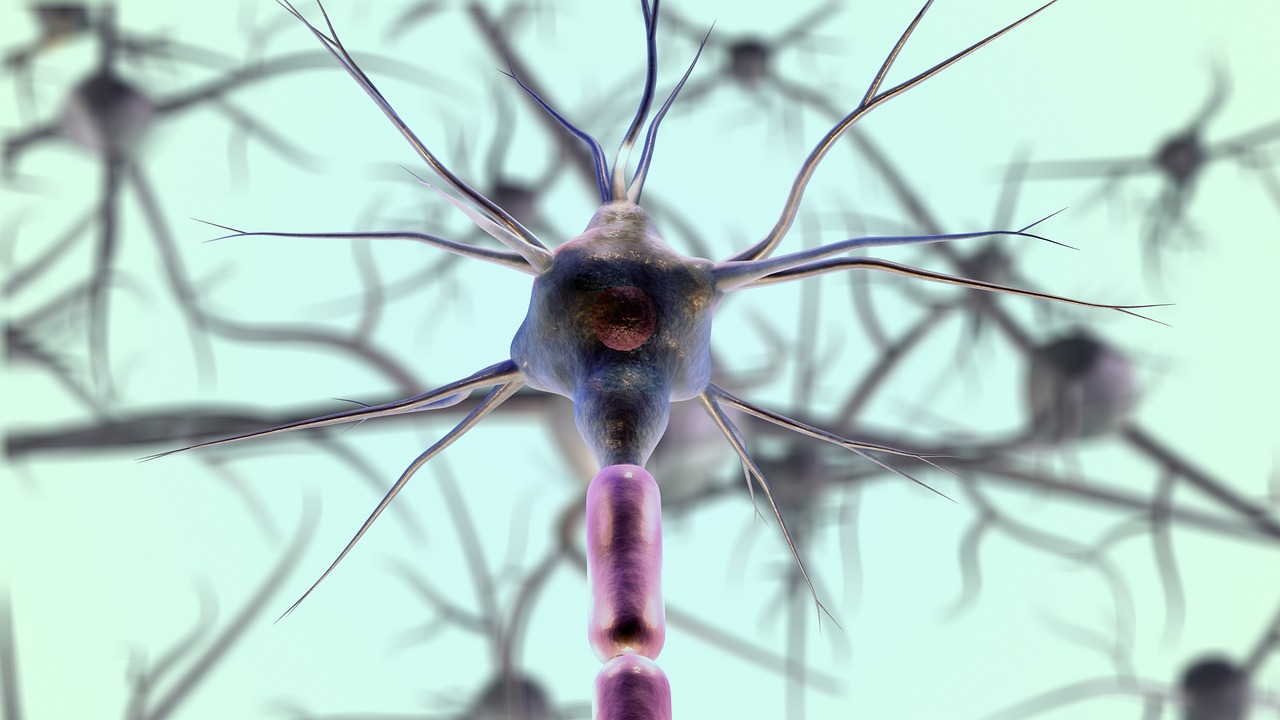Unmasking the Future: Optogenetics Melds Light and Genetics for Neurological Breakthroughs
In an age where technology collides with biology, a new player has entered the stage: optogenetics. This revolutionary technique allows scientists to control neurons with pinpoint accuracy, using light to manipulate genes. It's a pioneering field that's redefining our understanding of the brain, and its potential applications are as captivating as they are vast.

Background: Optogenetics and Its Origins
Optogenetics was born at the intersection of genetics and optics. In the early 2000s, researchers began experimenting with light-sensitive proteins found in algae and other microorganisms. These proteins, called opsins, allowed the organisms to move towards or away from light. Scientists discovered that by inserting these opsins into neurons, they could control the neurons’ activity with light.
Recent Developments: Pushing the Boundaries of Neurology
In recent years, optogenetics has made significant strides. Scientists have used the technique to manipulate memories in mice, paving the way for potential treatments for Alzheimer’s and other memory-related disorders. Optogenetics has also shown promise in treating depression and anxiety. By targeting and ‘switching off’ specific neurons, researchers have managed to alleviate symptoms in lab animals.
Market Impact and Price: Lighting Up the Biotech Industry
The market impact of optogenetics is enormous, with the global market expected to grow significantly in the coming years. This growth is driven by the technique’s potential applications in treating neurological disorders, which affect millions of people worldwide. As for the price, it’s a complex calculation. The cost of implementing optogenetics is high, due to the advanced technology and expertise required. However, the potential savings in healthcare costs could offset this, making it a worthwhile investment for many institutions.
The Future of Optogenetics: A Bright Path Ahead
Looking ahead, the future of optogenetics seems bright. The technique is still in its infancy, and there is much more to learn about its potential applications. One exciting possibility is the treatment of blindness. By introducing light-sensitive proteins into the retina, scientists believe they could restore vision in individuals with retinal degeneration.
A New Era of Neurobiology
In conclusion, optogenetics represents an exciting and promising new field of study. By harnessing the power of light and genetics, scientists are uncovering new ways to understand and treat neurological disorders. It’s a field that’s pushing the boundaries of what’s possible, shining a light on the mysteries of the brain. And as we continue to delve deeper into this fascinating area, who knows what other breakthroughs may lie ahead?




